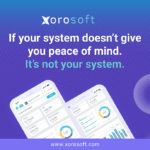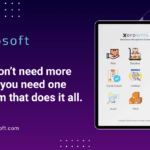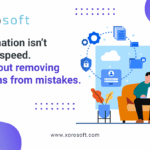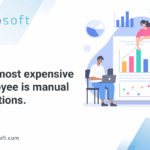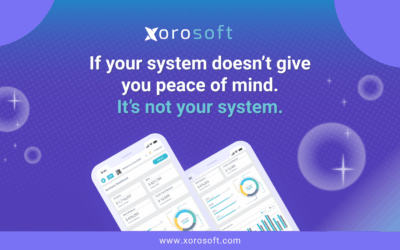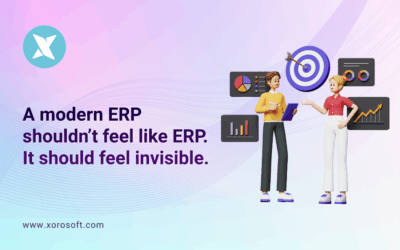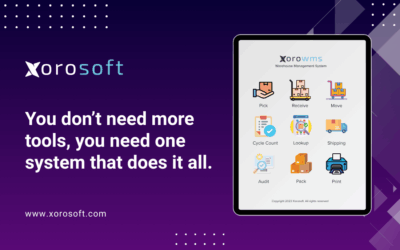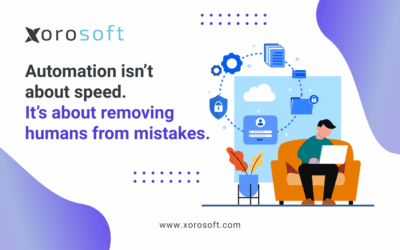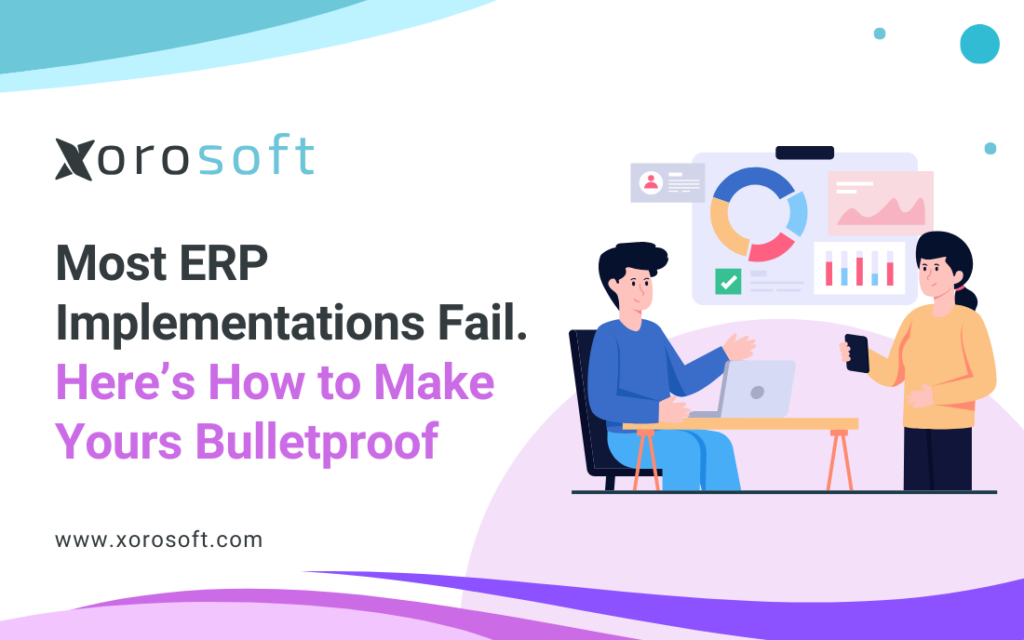
Why Omnichannel ERP Implementation Defines Success
For Shopify, Amazon, wholesale, and retail brands, a successful omnichannel ERP implementation is the backbone of finance and operations. Leaders want fewer handoffs, faster decisions, and smoother scaling across every channel.
However, too many ERP projects underdeliver. The problem isn’t always the software. In most cases, it’s the approach to the rollout.
This is why a bulletproof omnichannel ERP implementation matters. When it’s done right, finance gains real-time visibility, operations flow smoothly, and growth feels achievable.
What Great ERP Implementation Looks Like
A strong ERP rollout transforms daily operations. Instead of chasing updates, teams act with confidence and clarity.
-
Real-time inventory accuracy → confident purchasing decisions → no second-guessing.
-
Streamlined fulfillment workflows → faster shipping → delighted customers.
-
Automated accounting entries → fewer handoffs → finance guides growth.
-
Timely reporting → smarter reordering → stronger cash flow.
-
Multi-location tracking → compliance confidence → peace of mind.
This is what a well-executed omnichannel ERP implementation delivers: alignment across every channel.
Avoidable Gaps in Omnichannel ERP Implementation
Even strong teams hit the same four snags. Fortunately, each has a simple counter-move.
-
Unclear ownership → delays. Therefore, name an ops lead, finance lead, and warehouse champion before kickoff.
-
Early over-customization → complexity. Instead, start with standard workflows and extend only after go-live.
-
Messy migration → trust gaps. As a result, users doubt reports. So, clean, map, and test data in a sandbox first.
-
Weak training → slow adoption. Accordingly, run role-based sessions and give users quick reference guides.
In short, clarity up front saves weeks later.
A Framework That Keeps ERP Projects on Track
Successful rollouts follow a rhythm: Discover → Design → Implement → Measure. Moreover, keeping momentum requires visible wins every 30 days.
This week’s checklist:
1. Map order-to-cash and procure-to-pay, then mark bottlenecks.
2. Prioritize “must-have” outcomes; afterward, park nice-to-haves.
3. Assign accountable owners for finance, ops, IT; furthermore, publish a RACI.
4. Audit, cleanse, and deduplicate data; next, run a sample migration.
5. Define KPIs (order cycle time, reconciliation hours, stockout rate); therefore, baseline them now.
6. Select a partner with omnichannel references; meanwhile, confirm connector scope.
7. Plan 30–60–90 day milestones; then book weekly stand-ups.
8. Set feedback loops; finally, document post-go-live optimizations.
Consequently, progress becomes visible and measurable.
How Xorosoft Strengthens ERP Workflows
Xorosoft was built for omnichannel brands that need speed and control. Each capability maps to an outcome—and a felt benefit.
-
Real-time inventory sync → fewer stockouts/oversells → reliable promises.
-
Built-in WMS (bins, picks, packing, shipments) → faster fulfillment → happier customers.
-
Automated accounting entries → less reconciling → finance guides growth.
-
Trusted POs + timely reporting → confident cash and reordering decisions.
-
Multi-location + lot/serial → control and compliance → better sleep at night.
Moreover, Xorosoft is available on the Shopify App Store and is ranked #1 in Ease of Use on G2—so users get up to speed quickly.
Explore: Shopify App | G2 Ease of Use
A Before-and-After Story That Shows the Shift
An apparel brand selling on Shopify and wholesale relied on spreadsheets. Consequently, stock data lagged, finance spent hours reconciling, and orders slipped. Afterward, with Xorosoft, the team updated inventory in real time, cut reconciliation hours by half, and improved order accuracy by 18%. As a result, leaders finally trusted the numbers and moved faster.
The ROI You Can Expect from Omnichannel ERP Implementation
Ultimately, ERP is about measurable improvement.
-
Order cycle time: days → hours.
-
Reconciliation effort: minus 10–15 hours per week.
-
Stockout rate: down 20–30%.
-
Cash conversion cycle: shorter by weeks.
Therefore, the business case writes itself.
Your First 60 Days with ERP: Roles and Milestones
Fast doesn’t mean reckless. Rather, it means clear roles and crisp milestones.
-
Roles: ops lead, finance lead, warehouse champion, implementation partner.
-
Milestones: data audit, configuration, pilot, go-live.
-
Done means: real-time order sync across channels, automated reconciliations, and dashboards teams actually use.
Consequently, risk drops while adoption rises.
Answers Leaders Want Before They Sign Off
How long does an omnichannel ERP implementation take?
Usually 30–60 days with a phased cutover. In addition, pilots protect go-live.
Will it integrate with Shopify and Amazon?
Yes. Specifically, native connectors align orders, inventory, and fulfillment.
How is data migrated?
Teams cleanse, map, and validate before cutover; thus, accuracy holds on day one.
How do users learn it?
Role-based training and job aids; moreover, admins get configuration guides.
Can reporting match our KPIs?
Yes; furthermore, dashboards adapt as metrics evolve.
Ready to Move from Planning to Outcomes?
Your omnichannel ERP implementation can feel calm and predictable. Therefore, give your teams one source of truth and the space to guide growth.
